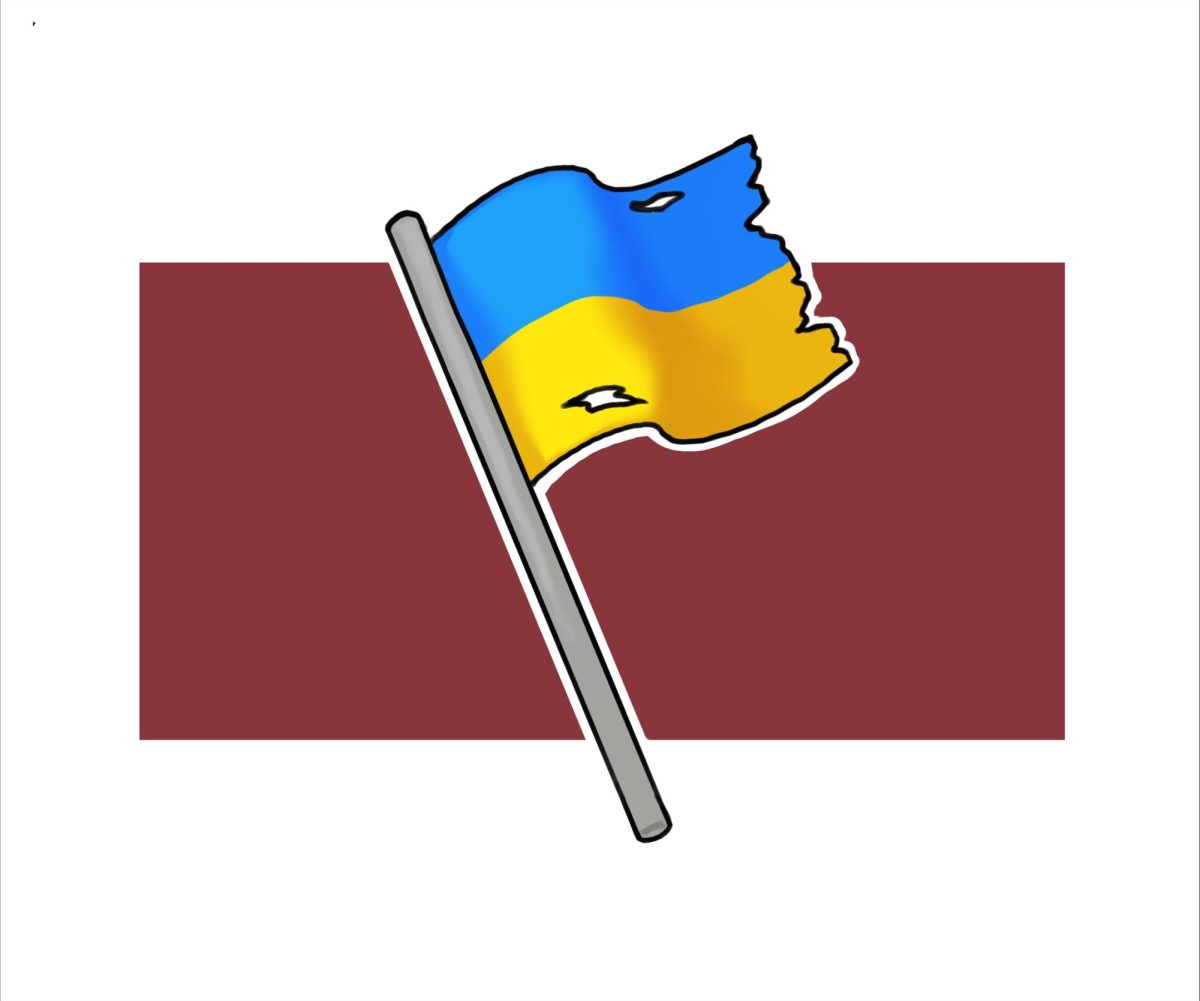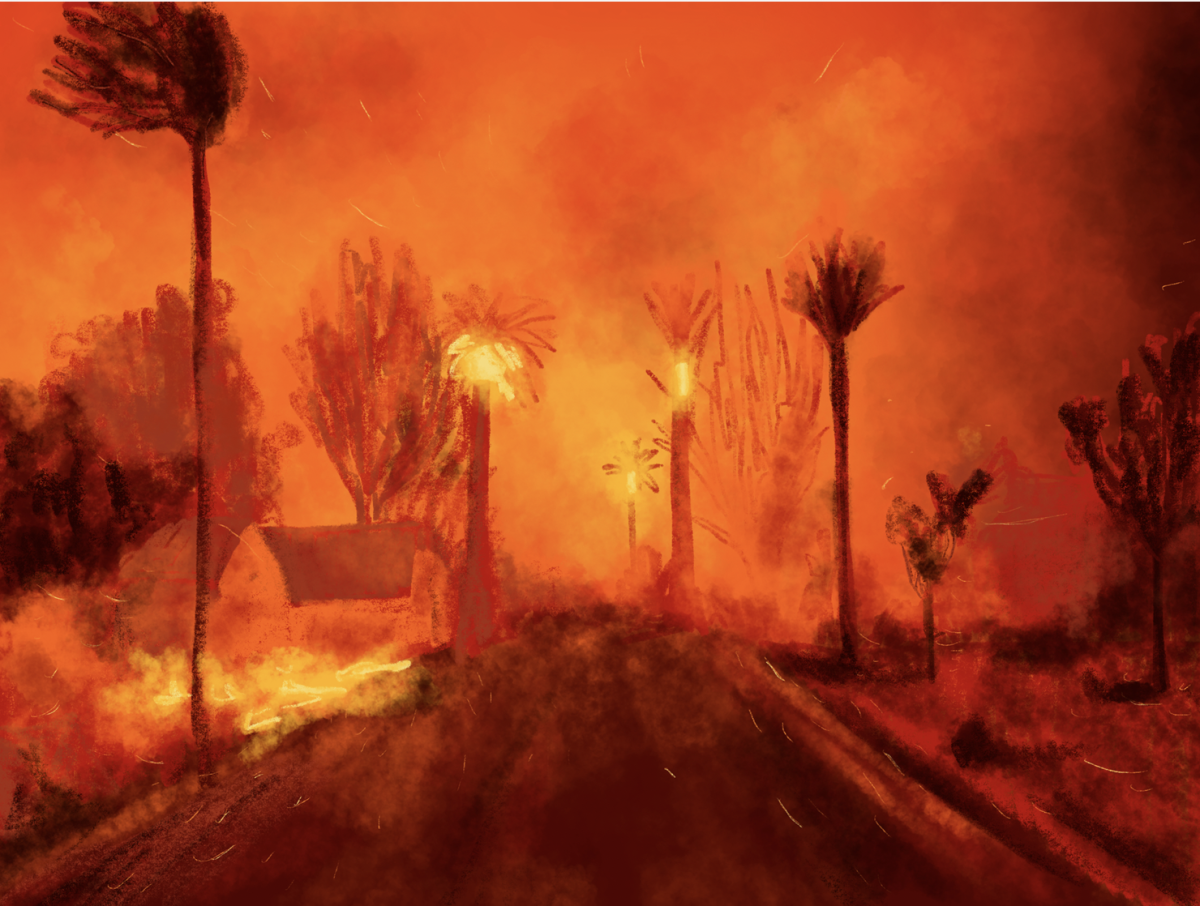In the fall of 1918, Theodore C. Hume, class of 1921, arrived at The Hill School. Born in Bombay, India, Hume’s family moved to Changsha, China when he was just one year old. At just 14, he became the first student from Asia to attend Hill.
In his time at Hill, Hume sang for the choir, edited the Dial, and, in his final year at Hill, served as the editor-in-chief of The Hill News. However, despite growing up in China and even having his address listed as Changsha, Hume was not “Asian.” Rather, his story reflects the likely story of many students from Asia at this time: the sons of American diplomats, missionaries, or businessmen who lived in Asia’s many occidental communities that existed at the time. As a result, the Hill community would not welcome its first student of Asian descent until many decades later.
In the years approaching World War II, most western expats left Asia. This period, marked by the Immigration Act of 1924 which prohibited East Asian immigrants from entering the United States, saw no Asian students enroll at Hill. Despite the legislation’s nullification in 1952, a Hill News article from 1957 mentioned that there were still “no Asians on the campus.”
However, beginning in the early sixties, Hill saw a small but steady stream of students of Asian descent–about one every two or three years–enroll at the school. Gradually, Asian students became a regular part of Hill. Beginning in the late 1970s, rather than one every few years, Hill could be expected to enroll several students of Asian descent every year.
This culminated in the founding of the Far East Club in 1982 by Bernard Chan ’83— who also broke barriers by becoming the first Asian recipient of Hill’s Sixth Form Leadership Award—and fellow 5th former Fred Lee ‘83. The club’s first outing, according to a THN article from that year, was a trip to Philadelphia’s Chinatown to celebrate the New Year. “Club feeds will be…a large part of the functions of the club,” wrote Oliver Lu ’88 in 1986 about the Far East Club.
Coinciding with the arrival of Asian students on campus were the first Asian faculty, Mr. Thomas M. Chen ’64, Instructor of Science, and Miss Soon W. Park, Assistant Librarian, both of whom joined Hill’s faculty in 1970. Miss Park was also likely the first Asian member of the Hill community to come from abroad, having grown up in South Korea before attending Villanova for her master’s degree.
It was also in the 70s that the first Asian international student, William S. Song ’78, arrived at Hill. A large portion of this first wave of Asian international students arrived from Saudi Arabia and were associated with ARAMCO. Students from Korea and Hong Kong also began regularly enrolling at this time, while the Thai Scholars program brought a small but steady stream of Thai students to Hill as well.
The 90s saw a dramatic increase in Asian students at Hill. In 1990, THN reported that “the foreign Asian population…more than doubled” since the previous year. This change was not without controversy. Some saw this new admissions policy as the school looking to compensate for the ever-decreasing number of students still willing to attend an all-boys school.
The greatest complaint, however, was lack of proficiency for many of the Asian students who attended at this time. “Some of these students [sic] can not carry on a simple conversation…” wrote Eddie Chang ’91 in the Hill News. “It is evident that…many of the non-English speaking foreign students [are] not ready for The Hill.” However, not all students shared these sentiments. “I was offended by Eddie’s article,” said Chang Cho ’94. “It upsets me to think that internationals may not be wanted here.”
Today, Hill serves over a hundred Asian students and faculty members. From the first Asian students to arrive at Hill in the 1960s, to the founding of the Far East club and the arrival of foreign Asian students, to the present day, the Asian community at Hill has come a long way from its distant origins.

























